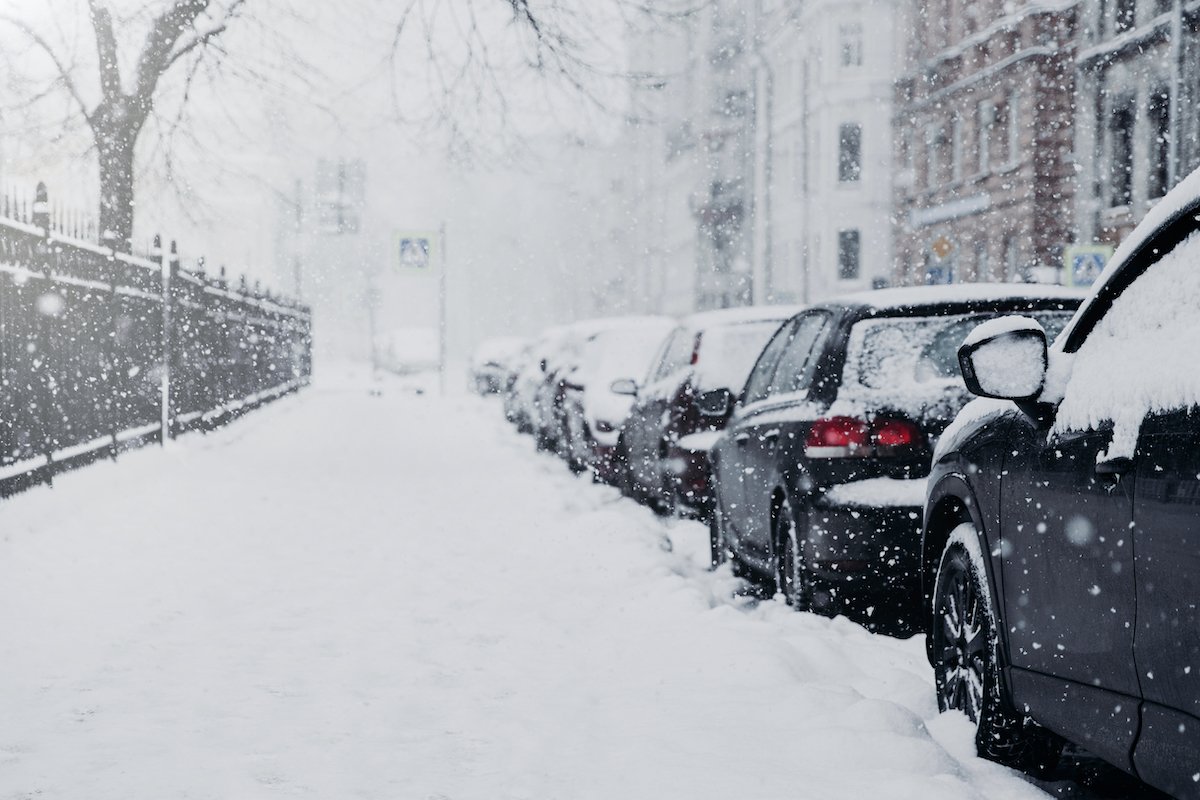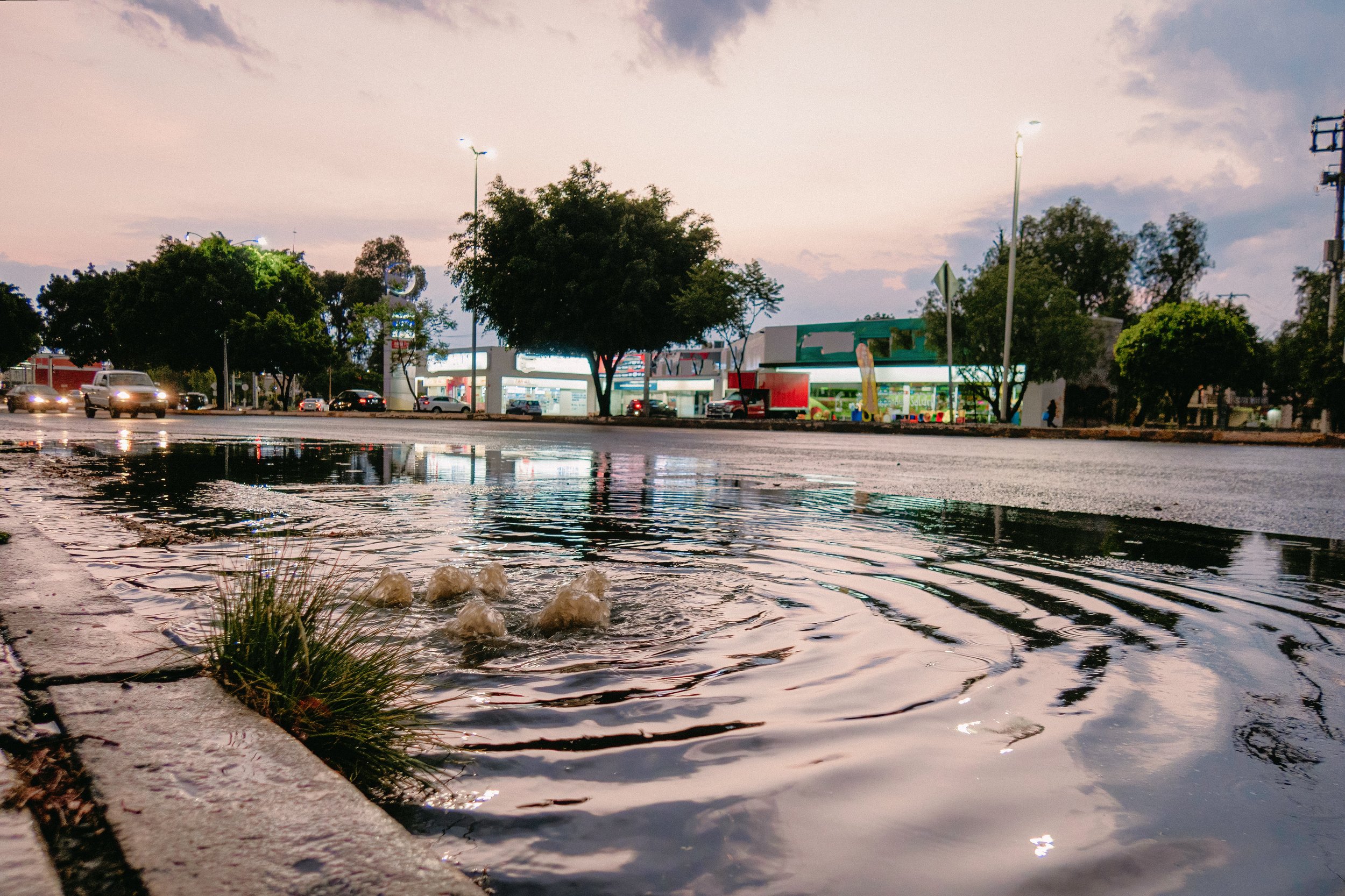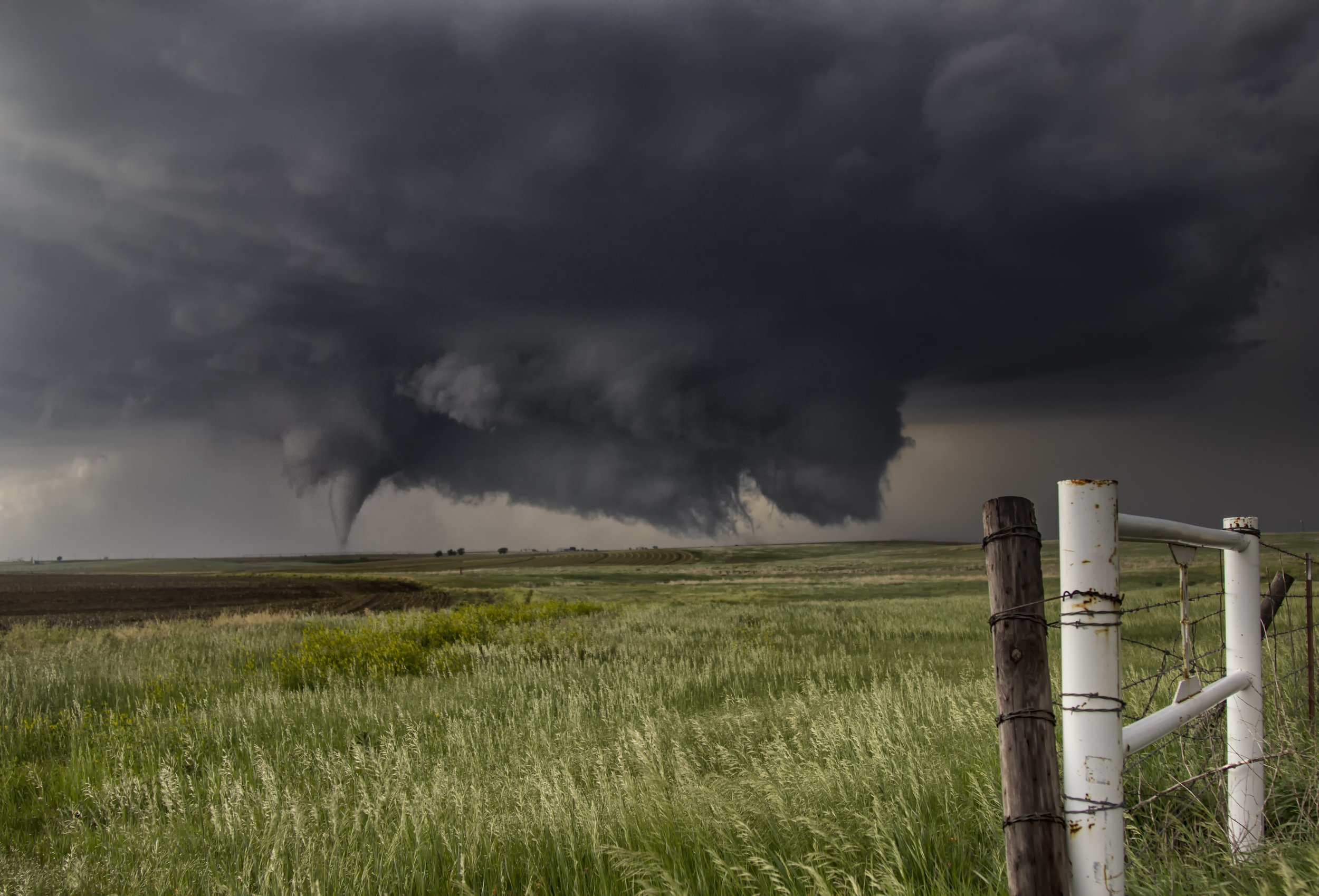Severe Weather Preparedness - Winter Storms
Languages: English
Media Editing: The video module(s) in this subject are editable under our Content Studio offering unless otherwise indicated. For more information about Content Studio, contact your CSM.
Description: Winter storms can be an extremely dangerous weather pattern if people are not prepared for them. Freezing temperatures, icy conditions, and excess snow can result in the need to shelter-in-place for an extended period of time, so it's important that learners are aware of how to prepare for, act during, and clean up after a winter storm. This includes monitoring weather forecasts, having alternate heat sources ready, wearing layers, and avoiding going outdoors, as well as checking for frozen pipes and cleaning driveways and sidewalks after the storm passes.
Languages: English
Media Editing: The video module(s) in this subject are editable under our Content Studio offering unless otherwise indicated. For more information about Content Studio, contact your CSM.
Description: Winter storms can be an extremely dangerous weather pattern if people are not prepared for them. Freezing temperatures, icy conditions, and excess snow can result in the need to shelter-in-place for an extended period of time, so it's important that learners are aware of how to prepare for, act during, and clean up after a winter storm. This includes monitoring weather forecasts, having alternate heat sources ready, wearing layers, and avoiding going outdoors, as well as checking for frozen pipes and cleaning driveways and sidewalks after the storm passes.
Languages: English
Media Editing: The video module(s) in this subject are editable under our Content Studio offering unless otherwise indicated. For more information about Content Studio, contact your CSM.
Description: Winter storms can be an extremely dangerous weather pattern if people are not prepared for them. Freezing temperatures, icy conditions, and excess snow can result in the need to shelter-in-place for an extended period of time, so it's important that learners are aware of how to prepare for, act during, and clean up after a winter storm. This includes monitoring weather forecasts, having alternate heat sources ready, wearing layers, and avoiding going outdoors, as well as checking for frozen pipes and cleaning driveways and sidewalks after the storm passes.
Topics
Preparing for a Winter Storm
-
During the winter, storms can arrive at any time and bring extreme snow and ice with them, making the conditions outdoors very dangerous. In this topic, you’ll learn about ways you can prepare yourself and your home for winter storms so that you’re ready and can stay safe if one develops.
-
Questions (level 1, 2, 3)
Video module
-
This topic is currently available in English.
-
Have an alternate heat source available in your living space, like a fireplace, space heater, or generator, that you can use to stay warm in case the power goes out during the storm.
Collect supplies and put together an emergency kit that can last for at least three days after a storm hits. If you have to shelter during the storm, you’ll need these supplies to stay safe.
Regularly check weather reports and look for information on changing weather patterns. If a winter storm develops, you need to be prepared for it ahead of time.
If you have a chimney in your home, get it cleaned and inspected each year before winter storm season. If you need to use it as an alternative heat source, it needs to be clean and in good working condition.
Install and regularly test smoke and carbon monoxide alarms in your home. Both of these alarms must be in good working order if you need to use alternative heat sources like fireplaces or generators during the storm and they malfunction.
Create an emergency evacuation kit to keep in your vehicle in case you need to leave your home during the winter storm. It should include a flashlight, batteries, jumper cables, blankets, food, and water.
Staying Safe During a Winter Storm
-
Like other severe weather patterns, winter storms often force you to either shelter-in-place or evacuate. In this topic, you’ll be taught a variety of strategies for how to stay safe during a winter storm, including how to keep yourself and the air in your home warm, as well as how to identify and avoid frostbite and hypothermia.
-
Questions (level 1, 2, 3)
Video module
-
This topic is currently available in English.
-
Do not run a generator in an enclosed area, like your garage, basement, or bedrooms. Generators give off carbon monoxide fumes and can be very dangerous if turned on inside.
Stay informed during the winter storm by checking the news for any developments in the weather. Conditions can rapidly change during a storm, so you need to be aware of the latest information.
If you have to go outside during the storm, dress appropriately to protect yourself from the elements. This means wearing multiple warm layers, a warm hat, and winter gloves.
Monitor yourself and others for signs of frostbite or hypothermia during the storm. If you notice any of the signs, consult a medical professional right away, then run warm water over the affected areas.
Signs of hypothermia include excessive shivering, exhaustion, sudden confusion or memory loss, decreased motor skills, and slurred speech.
Signs of frostbite include numbness, white or pinkish-yellow skin, and overly firm or waxy skin. If the skin begins turning light purple, seek out medical attention immediately.
Avoid unnecessary travel during the winter storm. Snow and ice make the roads and sidewalks dangerous to travel on, so do not leave your home if you don’t have to.
Stay warm inside your home by wearing extra layers and covering your windows with blankets at night. These techniques help reduce heat loss and help prevent cold air from getting in.
What to Do After a Winter Storm
-
Unlike some other severe weather patterns, the impact of winter storms can be felt after they have passed. This means that winter storms can leave behind frigid temperatures, snow and ice on the ground, and lasting damage to properties. In this topic, you’ll learn about what to do after a winter storm has passed and how you can return to living safely and comfortably.
-
Questions (level 1, 2, 3)
Video module
-
This topic is currently available in English.
-
Dress warmly in layered, weather-appropriate clothing before going outside after a winter storm. The temperature and windchill will likely still be cold enough to cause frostbite and hypothermia.
When it’s safe to go outside, clear your driveway and sidewalks by applying a de-icing product to them, like salt or sand. Icy surfaces can be dangerous, so clearing them helps prevent slips and falls.
Avoid driving or walking immediately after a winter storm has passed, at least until the roads and sidewalks have been plowed and salted. Ice can form underneath snow on the road, making it invisible and very dangerous to drive on.
If you live in a house, check for snow or ice accumulation on your roof once it’s safe to do so. If there is a lot of snow built up, have a professional remove it as soon as possible to prevent damage to your home.
Check for frozen water pipes after a winter storm, since the low temperatures could have frozen them. If they are frozen, shut off the home water valve and contact a professional to prevent them from bursting and causing damage.
Replace any emergency supplies from your emergency kit that you used during the winter storm. Although this one is over, there could be another one soon after, so you have to stay prepared.





